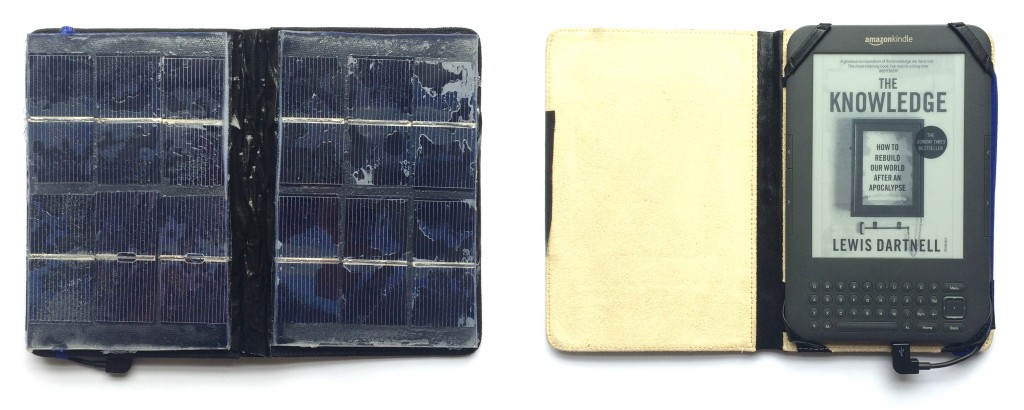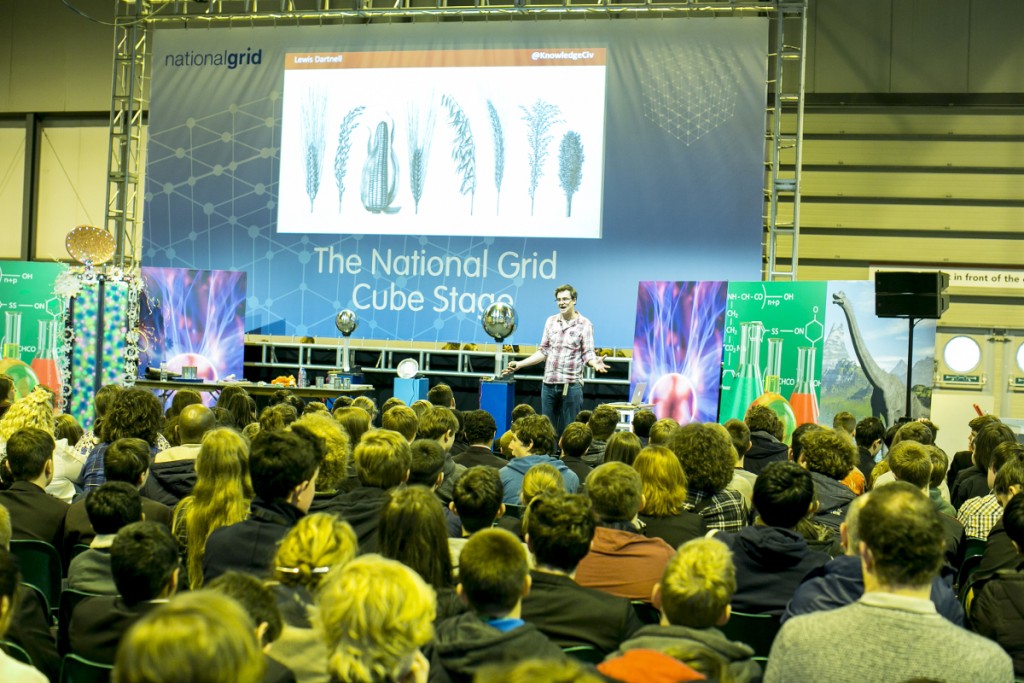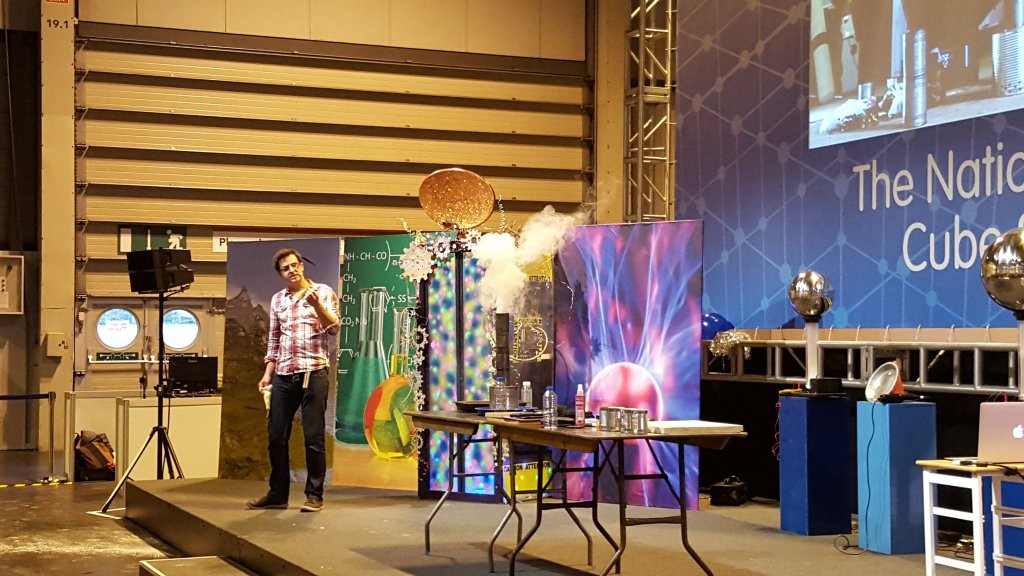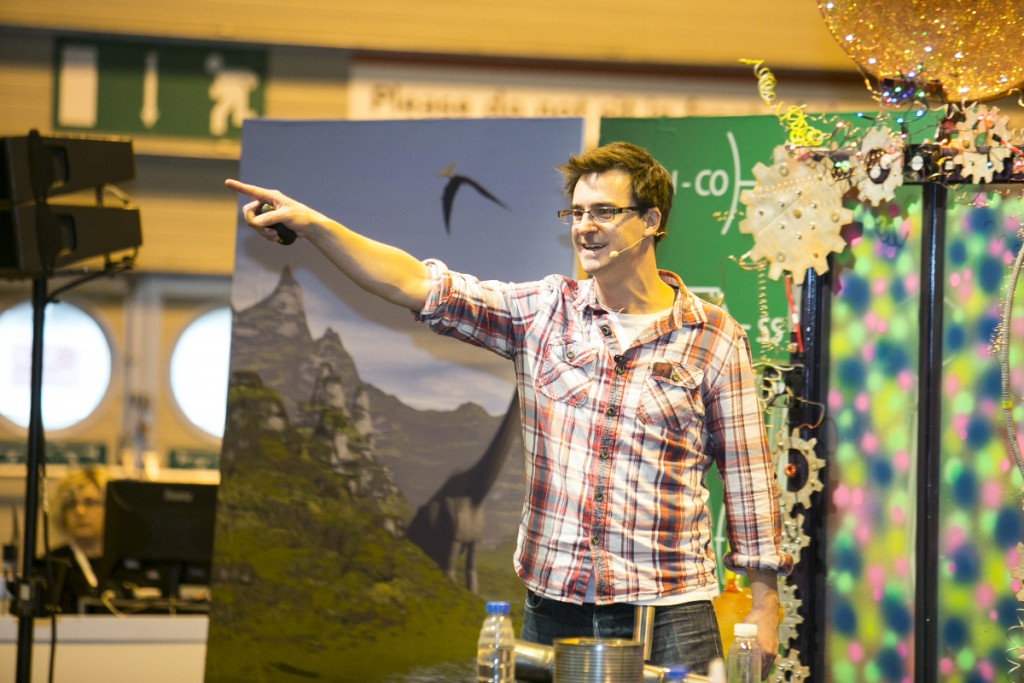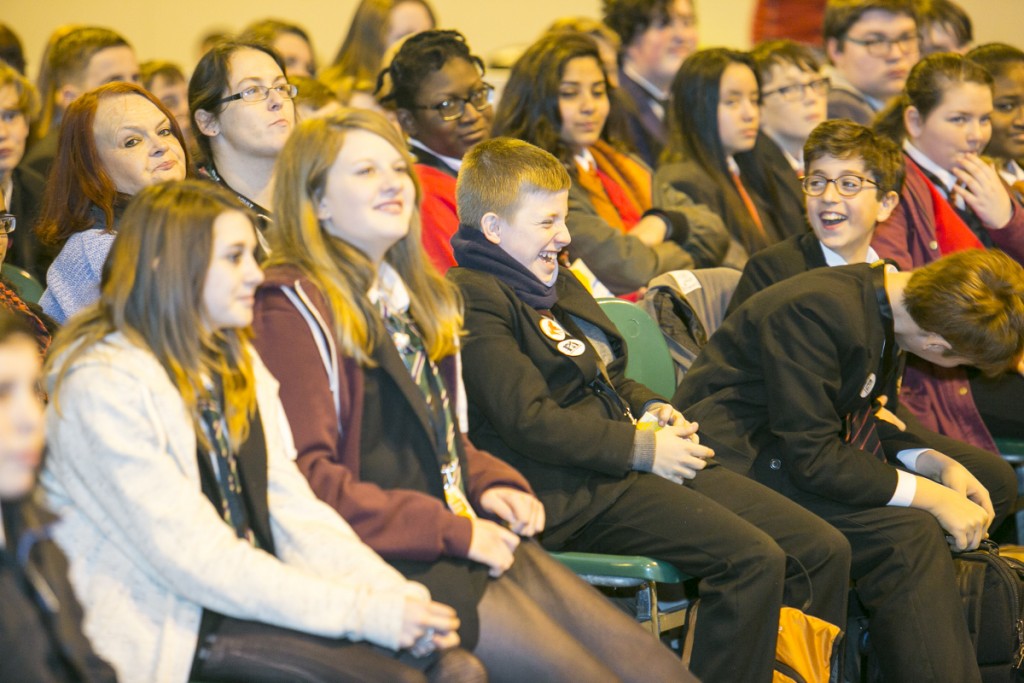Real-life Mad Max escapes desert by building working motorbike from his broken-down car
 Is this the greatest example of survival through ingenuity and hacking skills?
Is this the greatest example of survival through ingenuity and hacking skills?
In 1993, the Frenchman Emile Leray set-off on an adventure, driving from the city of Tan Ta to cross the Moroccan desert. Unfortunately, while he was off-roading he crashed the car and became stranded in the middle of the unforgiving desert. With no hope of rescue and slim chances of making it out alive on foot, Leray was facing certain death.
Lucking, Leray had just the right skill-set to survive, and sat down to solve the problem at hand himself. At the time, he was a 43-year-old former electrician, and set-about constructing a makeshift motorbike by cannibalising the parts from his wrecked car.
Leray first removed the bodywork of the Citreon 2CV to use as a shelter against sandstorms. He had only trousers and a short-sleeve shirt so turned his socks into improvised sleeves to protect his arms from the intense sun. Working with only the simple tools he had with him — no drills, no blowtorch or welding equipment — he stripped out the car’s engine and gearbox, and remounted them in a rudimentary chassis. He used a drum to turn the backwheel by simple friction, and the mechanics of the situation meant he could only run the car engine in reverse.
After twelve days of work, and his water supply down to the last half a litre, Leray finally completed his makeshift motorbike. Heading back out from the desert he was picked up by the Moroccan police and taken to safety.
Such an incredible story of ingenuity and resourcefulness!
But the worst part of the whole affair..? The Moroccan police slapped him with a fine as his car registration documentation no longer applied to the jury-rigged motorcycle!
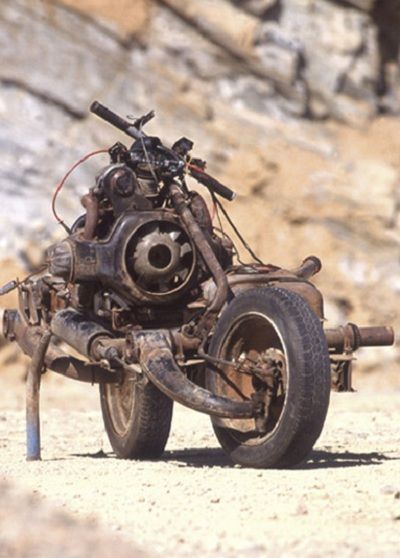
- The chassis was reduced to the central part, the front and back (longerons) have been taken off
- Roller transmission: the brake drum is in vertical alignment with the back wheel, the rotation direction requires to drive in reverse, at a maximum of 20 km/h
- The right drum is blocked so that the differential distributes all the power on the left
- The handlebar is made of the lifter, emptied from its mechanism. On this solid piece are fixed the clutch command and the two electrical contacts: power supply for the ignition and starter
- The front steering wheel is the only one to benefit from suspension
- The filling pipe will be transformed into a stand, essential, considering the weight of the machine
- The seat was made from the extremity of the back bumper wrapped in the fabric of the dashboard, assembled with orange adhesive for the best effect
Source of information: Vintage News
More images available on Naruhodo’s imgur
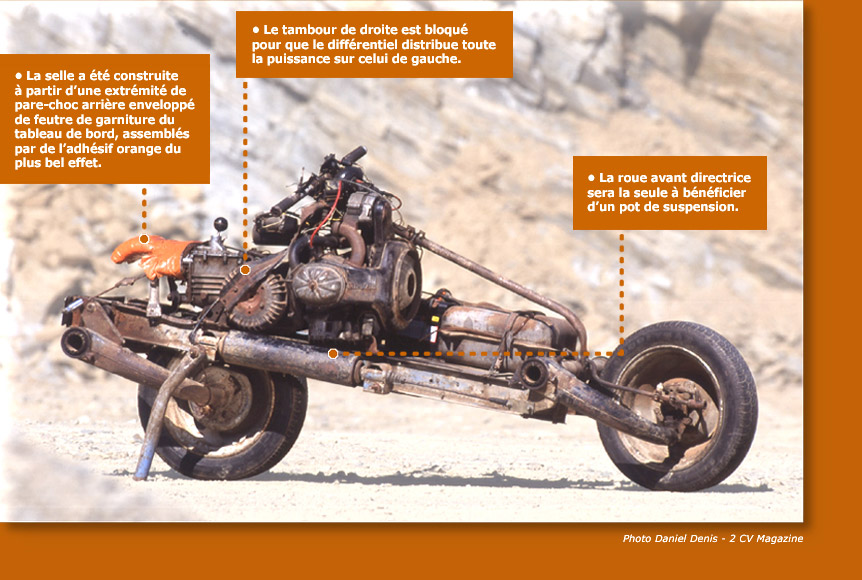
Credit for translation: JonhDksn

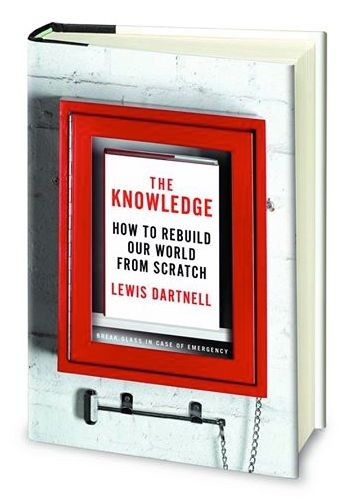
 Part of my motivation behind writing The Knowledge was to explore how people through history have been amazingly ingenious or innovative in hacking stuff together and finding solutions to great challenges. For example, I describe how the inhabitants of the city Gorazde were able to jury-rig rudimentary water wheels for electricity, or how during WWII people adapted cars to run on wood as fuel.
Part of my motivation behind writing The Knowledge was to explore how people through history have been amazingly ingenious or innovative in hacking stuff together and finding solutions to great challenges. For example, I describe how the inhabitants of the city Gorazde were able to jury-rig rudimentary water wheels for electricity, or how during WWII people adapted cars to run on wood as fuel.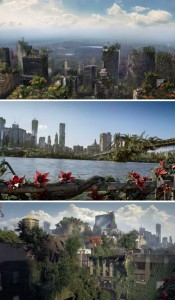 Wrapped is a superb computer-generated video exploring what New York may come to look like if plants and trees were ever to take over again. This is an epic piece of rewilding imagination! The short film was created by a team of students, Roman Kaelin, Falko Paeper and Florian Wittmann, at the Institute of Animation and Special Effects at Germany’s Filmakademie Baden-Wurttemberg. And a lot of the aesthetic is similar to the opening chapter of ‘The Knowledge’ or Alan Weisman’s ‘The World Without Us‘.
Wrapped is a superb computer-generated video exploring what New York may come to look like if plants and trees were ever to take over again. This is an epic piece of rewilding imagination! The short film was created by a team of students, Roman Kaelin, Falko Paeper and Florian Wittmann, at the Institute of Animation and Special Effects at Germany’s Filmakademie Baden-Wurttemberg. And a lot of the aesthetic is similar to the opening chapter of ‘The Knowledge’ or Alan Weisman’s ‘The World Without Us‘. Target Sports USA have released an infographic on how to survive various kinds of apocalyptic scenario (probably best not to ask why…), and it’s very nicely done!
Target Sports USA have released an infographic on how to survive various kinds of apocalyptic scenario (probably best not to ask why…), and it’s very nicely done!

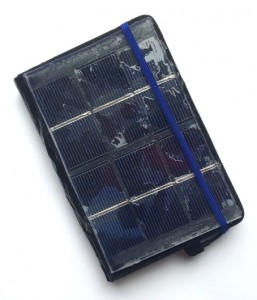 The conceit behind The Knowledge is that it is the single book that condenses down the kernels of all the most important understanding and know-how you would want to preserve if all else were lost. The premise is that this book serves as a quick-start guide to rebooting civilisation itself and enabling survivors of some hypothetical apocalypse to accelerate their way through history a second time around.
The conceit behind The Knowledge is that it is the single book that condenses down the kernels of all the most important understanding and know-how you would want to preserve if all else were lost. The premise is that this book serves as a quick-start guide to rebooting civilisation itself and enabling survivors of some hypothetical apocalypse to accelerate their way through history a second time around.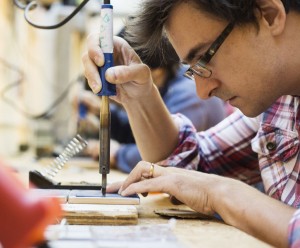 I started with an old 3rd generation Kindle, as this model offers a proper keyboard and does not have a vulnerable touch-screen. I also think the read-back voice functionality gives my finished device a wonderful feel of the Hitchhiker’s Guide to the Galaxy! The solar panels themselves are monocrystalline photovoltaic cells, which were reclaimed from a closed-down solar panel factory. I connected together the individual PV cells into two 2×3 arrays using standard tabbing wire. These were attached to the outside of a fold-open case using EVA plastic sheets and a heat gun. Finally, the fragile silicon wafer solar cells are protected with rigid panels of UV-treated polycarbonate, again bonded using EVA. A bit of wire-stripping and soldering, and all the electronics were connected to the mini-USB charging port of the Kindle.
I started with an old 3rd generation Kindle, as this model offers a proper keyboard and does not have a vulnerable touch-screen. I also think the read-back voice functionality gives my finished device a wonderful feel of the Hitchhiker’s Guide to the Galaxy! The solar panels themselves are monocrystalline photovoltaic cells, which were reclaimed from a closed-down solar panel factory. I connected together the individual PV cells into two 2×3 arrays using standard tabbing wire. These were attached to the outside of a fold-open case using EVA plastic sheets and a heat gun. Finally, the fragile silicon wafer solar cells are protected with rigid panels of UV-treated polycarbonate, again bonded using EVA. A bit of wire-stripping and soldering, and all the electronics were connected to the mini-USB charging port of the Kindle.